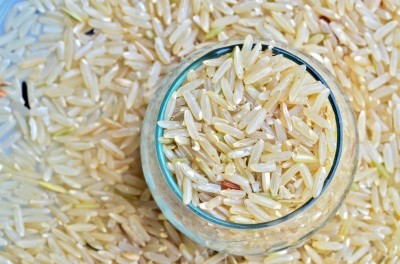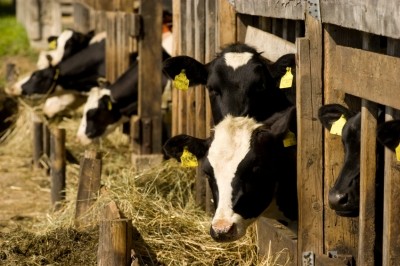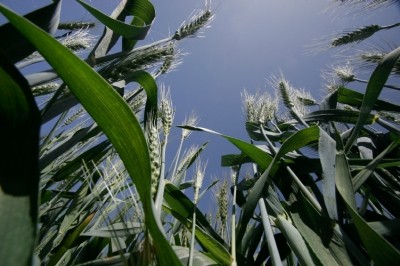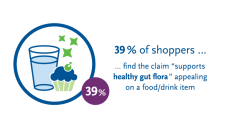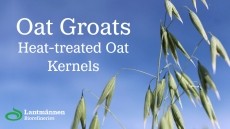Food production can weather the storm, say sustainability project leaders
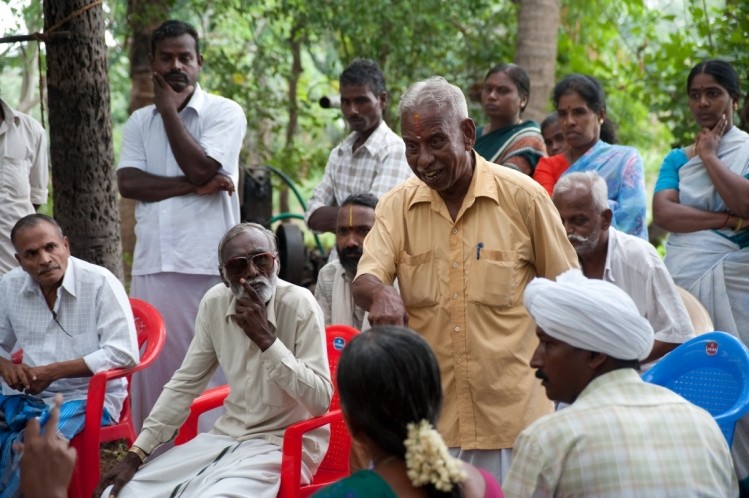
The ClimaAdapt project believes it has equipped 90,000 Indian businesses with knowledge on how they can adapt their agricultural practise to a changing climate.
Through a combination of farmer driven testing, refining, upscaling and the implementation of new rice growing and irrigation technologies, water use has been reduced by 40%. The upshot is a 25% yield increase.
“In my opinion ClimaAdapt is an excellent example of how we can contribute to food security and sustainable development in a changing climate,” said Norway’s minister of Agriculture and Food, Jon Georg Dale.
“The project puts the farmer in the centre which is important, not least to recognize the role of farmers, all over the world, in feeding the people and farmer’s contribution to global food security”.
Food security a global issue
Despite the location, the project’s organisers—the Norwegian Institute of Bioeconomy Research, (NIBIO)—think the results can contribute to food security for a growing population - not only in India, but also on a global scale.
Countries in the tropics and sub-tropics are particularly vulnerable to climate change, as extreme weather conditions pose a serious threat to food security.
In India, droughts and damaging floods are continuously affecting the well-being of a growing population, of which the vast majority reside in rural areas and are highly dependent on natural resources for their food, shelter and income.
The ClimaAdapt project, which had its final meeting this month, describe the active participation and dissemination of research results and data between researchers, policy makers and stakeholders as key.
One of the initiatives of the project was testing three different rice growing and irrigation methods.
This system of rice intensification (SRI), or, alternate wetting and drying, and direct sowing of rice work towards reducing the amount of water used on the rice crops while at the same time increasing the yield.
“SRI is one of the main technologies we’ve promoted because we discovered that by modifying the cultivation system from the traditional one, which is more of a flood based irrigation system, this technology can contribute to a 20-25% reduction in water usage,” said Professor V. Gheeta Lakshmi from the Tamil Nadu Agricultural University.
Alternate wetting and drying method results in an increased nutrient uptake of the crops, as well as other biochemical reactions in the soil. This results in higher yields and a reduction in water use.
Fountains of knowledge
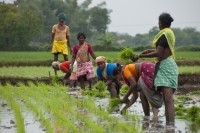
News of this success was communicated via the Village Knowledge Centres—a collection of eight meeting places providing local farmers with relevant information and training on farming and climate adaptation.
Mobile services are used to send out text messages several times a day to farmers in the participating villages.
“One main focus of ClimaAdapt has been to provide farmers with timely information on climate resilient crop technologies, farming practices that farmers need to take up during the course of a cropping season,” said ClimaAdapt’s coordinator, Dr Udaya Sekhar Nagothu from NIBIO.
“This also includes soil management, planting, crop management, need-based fertiliser and pesticide application, harvesting and marketing.”
With the five-year project coming to an end, the Indian government and private sector have now been called upon to scale up the centre model, so that larger areas can benefit from its services.
“We have built a system at the community level, which is managed by the community itself. In connection with this we have trained locals to become what we call Knowledge Workers,” says Dr Nancy J. Anabel from the M.S. Swaminathan Research Foundation.
“Many of these Knowledge Workers are women, as women are often ignored in traditional agricultural extension systems in India. In doing so women are included in a different way,” Dr Nagothu added.
Approximately 25-30 scientists were involved with the project, with funding provided by the Ministry of Foreign Affairs in Norway, through the Royal Norwegian Embassy, New Delhi.
